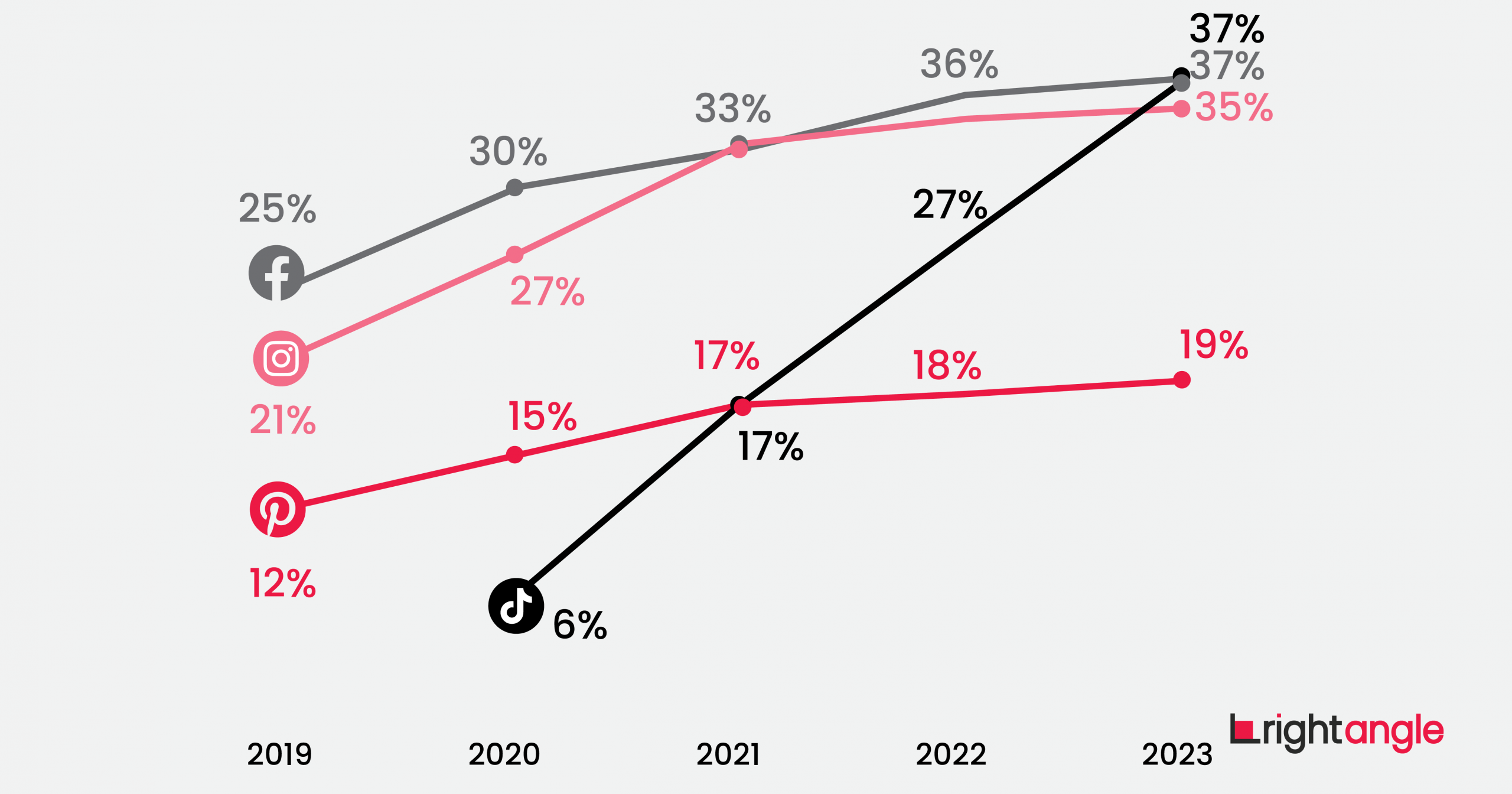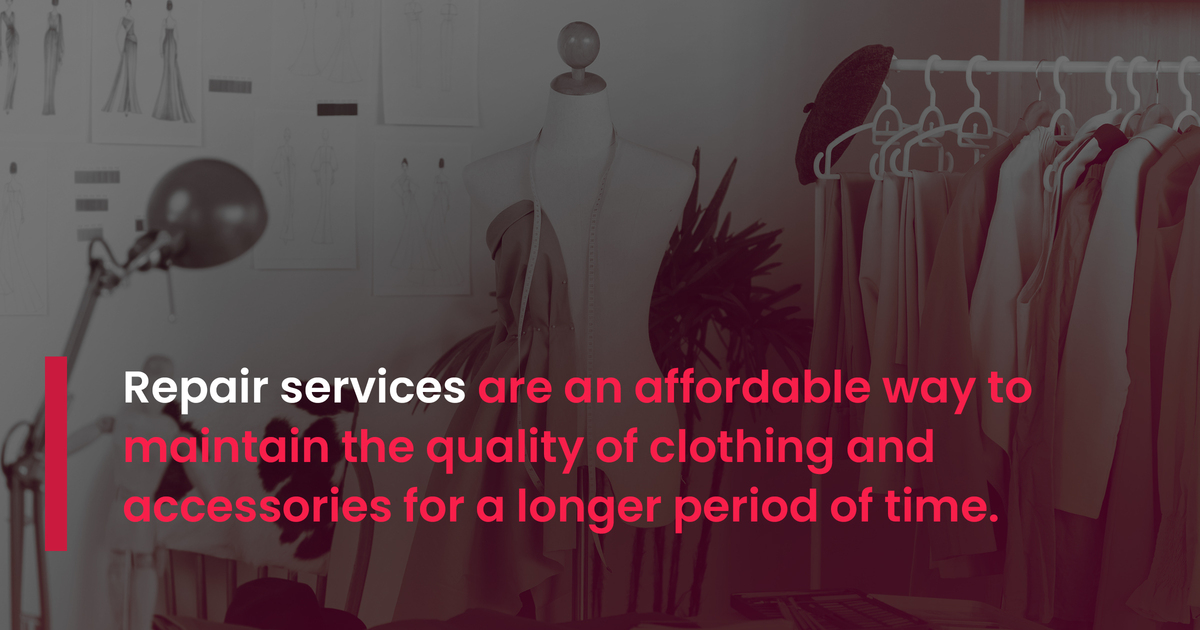Fashion is one of the most active and rapidly changing and evolving industries on the planet. Industry market players adjust swiftly to changes in buying habits (and sometimes even dictate these), to the evolving technology, and to market situations as well as adapting to the changing seasons.
It is no wonder that the global e-commerce market, with a large share of this accounted for by fashion brands, is expected to reach a value of US$21 trillion by 2030, partly as a result of the increasing use of social media and other online platforms.
Fashion e-commerce stats and data
Simply put, fashion is the largest e-commerce industry globally. It is so attractive that new players are constantly entering this competitive, dynamic, and congested market. This should come as no surprise considering that the fashion business, which includes clothing, accessories, and footwear, is worth US$775 billion and is expected to exceed US$1.2 trillion by 2027.
Analysts predict that by 2024, the overall prevalence of e-commerce could increase from 47% to 60%. Clothes and accessories continue to register rapid growth online with a yearly increase of 23.1%.
China boasts the largest market share with a fashion e-commerce market size of a massive US$427 million. The United States comes second, boasting a market size of US$364 million.
By 2025, online sales in the fashion industry in Asia could reach over US$600 billion, about twice the figure expected to be registered by North America.
Major e-commerce fashion trends to follow in 2023 and beyond
These statistics demonstrate the extensive range of development opportunities that exist for fashion e-commerce businesses and the trends below are those that retailers should incorporate into their long-term sales plans.
1. Re-commerce or the increasing popularity of resale
A garbage truck’s worth of clothing (approximately 15 tons) is disposed of or burned every second.
With this in mind, more and more people are choosing to reuse, rent, and/or resale clothing. Due to unbridled levels of consumerism, used clothing is often still in excellent condition and by 2027, the global secondhand market is projected to hit US$350 billion.

As people become more aware of minimalist living approaches, circular economy models, and eco-friendly designs, this trend may continue as it becomes more and more commonplace to buy used clothing. By 2026, the resale market, which expanded by 24% in 2022, is anticipated to be worth US$218 billion.
2. Emphasizing social commerce
Many online fashion firms rely heavily on social media for their e-commerce marketing strategy which is no surprise given that almost everyone today is glued to their smartphone. Today, the average social media user is connected to an online networking app for around 2.5 hours a day.
However, the reality is that social media today is not really the place to search for the latest fashion trends. In-app buying is becoming more common thanks to the evolution of the business strategies of various social media platforms. Online retailers can reach customers more effectively by offering in-app purchasing.
Social commerce transactions are predicted to almost triple by 2025. The data for 2022 shows that about 37% of Facebook and TikTok users in the US alone made at least one purchase directly via the network.
The graph below shows the share of US users making purchases on social media platforms, 2019-2023

Data shows that 85% of buyers consider videos to be crucial when making purchases online. Since customers can actually see how the clothes, shoes, and accessories look on a real person, TikTok and Instagram, for instance, receive praise for helping big fashion companies to increase their sales and this is especially true if an influencer is engaged.
3. Making way for hyper-personalization
To continue to satisfy customers, regardless of their location when purchasing, it is important to be able to prevent or minimize service interruptions and provide seamless interactions.
Hyper-personalization can be described as a complex method by which brands individually adapt their marketing to their clientele by using information, data analysis, AI, and automation to create unique and focused experiences.

Stitch Fix, which was launched in 2016 and uses AI to choose the precise items that it delivers to each of its subscribers, is a great illustration of this trend. By Q4 2022, the value of this direct-to-consumer brand had risen to almost US$490 million.
4. Emphasizing repair services
For fashion brands, repairing items instead of throwing them away is becoming popular. For example, according to recent announcements from Bottega Veneta, all this company’s clients will now receive an unlimited warranty on their handbags and can return their goods to the company for free refreshes and repairs which will preserve the life of their purchases.
Meanwhile, Louis Vuitton is willing to repair any of its bags for a fee based on the problem and the exact nature of the repair required.
5. Search online – buy offline
The main reason for 22% of online returns is that the item shown online differs from that which is available in the physical store.
Data gathered for Shopify demonstrates that modern buyers consider both online and offline channels when making purchases. Some people are more likely to research a product online and then purchase it offline, while others choose to view clothing, shoes and/or accessories in person before ordering these online.
Fashion industry experts can help companies struggling in their efforts to align the online and offline environments.
6. What does artificial intelligence (AI) recommend?
Chatbots powered by AI are used by some brands to answer client questions or connect them to relevant staff while other companies use AI-powered style assistants. AI-powered tools enhance the client experience by providing individualized product and style suggestions.
At present, AI is employed to support automatic tagging, visual searches, and even fashion trend forecasting. It employs algorithms to anticipate trends using data that includes consumer behavior, runway looks, and prevalent themes (for example, color, texture, and material).
How does AI influence the fashion industry?
If you are looking for information that could help you to make more informed decisions related to fashion, tech, banking, healthcare, environment, or other industries, RightAngle Global can be of service. RightAngle Global connects you to experts who can offer valuable information and insights into virtually any industry. As well as benefitting from the quality of knowledge, you also get rock-solid compliance. Contact RightAngle Global for more information.
Final Word
Fashion e-commerce is expanding and changing at a startling rate and, as technology develops, these trends will only accelerate. The fact that mainstream fashion retailers can now connect with clients across the world through e-commerce websites allows them to grow their customer base beyond their physical locations, thus pushing the fashion e-commerce industry forward.
Suggested reading:
How Expert Networks can help companies to keep up with industry trends?
How artificial intelligence can impact the adoption of electric vehicles? (Video)
Expert Networks: a game-changer in healthcare research
Share to



